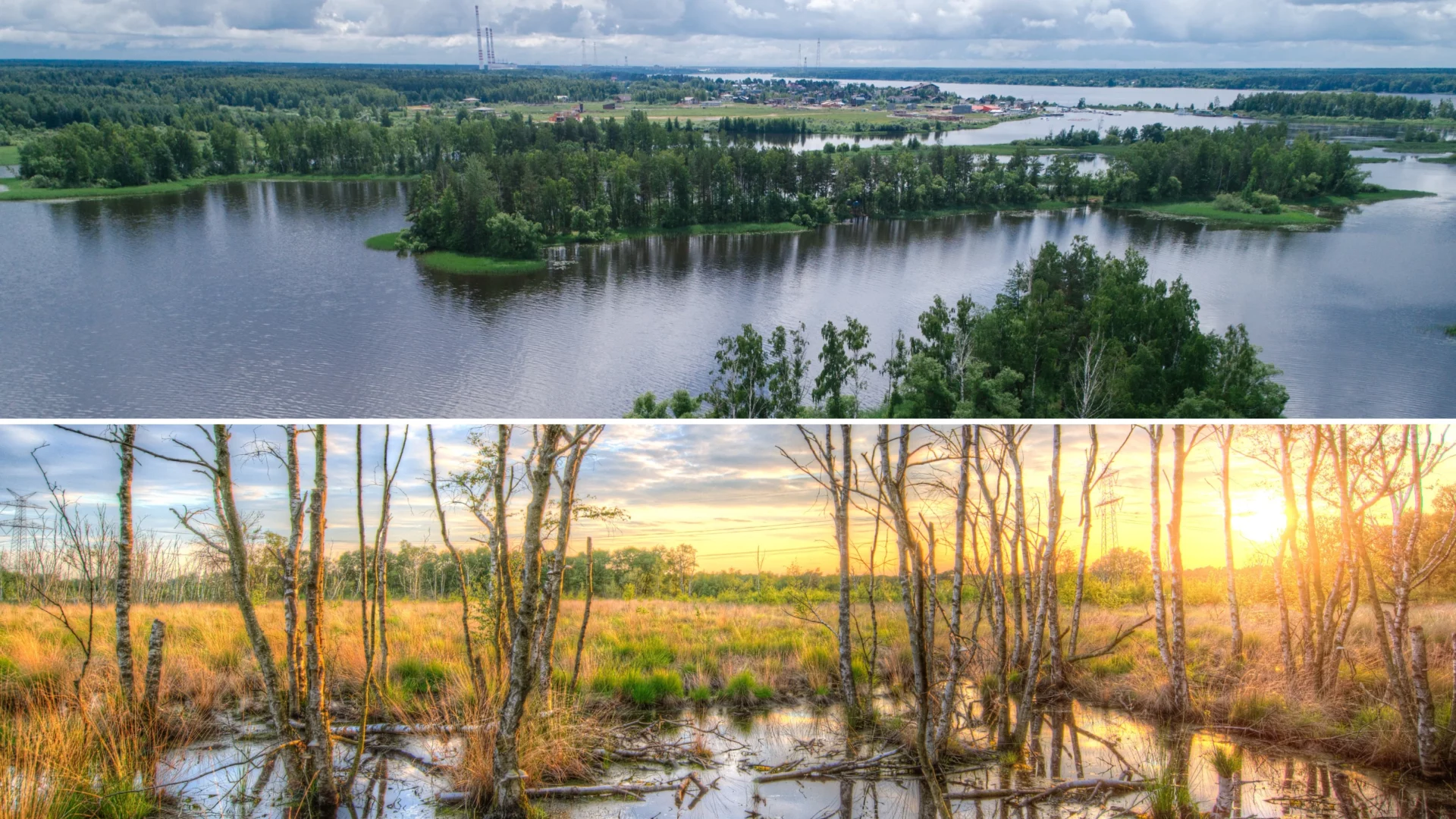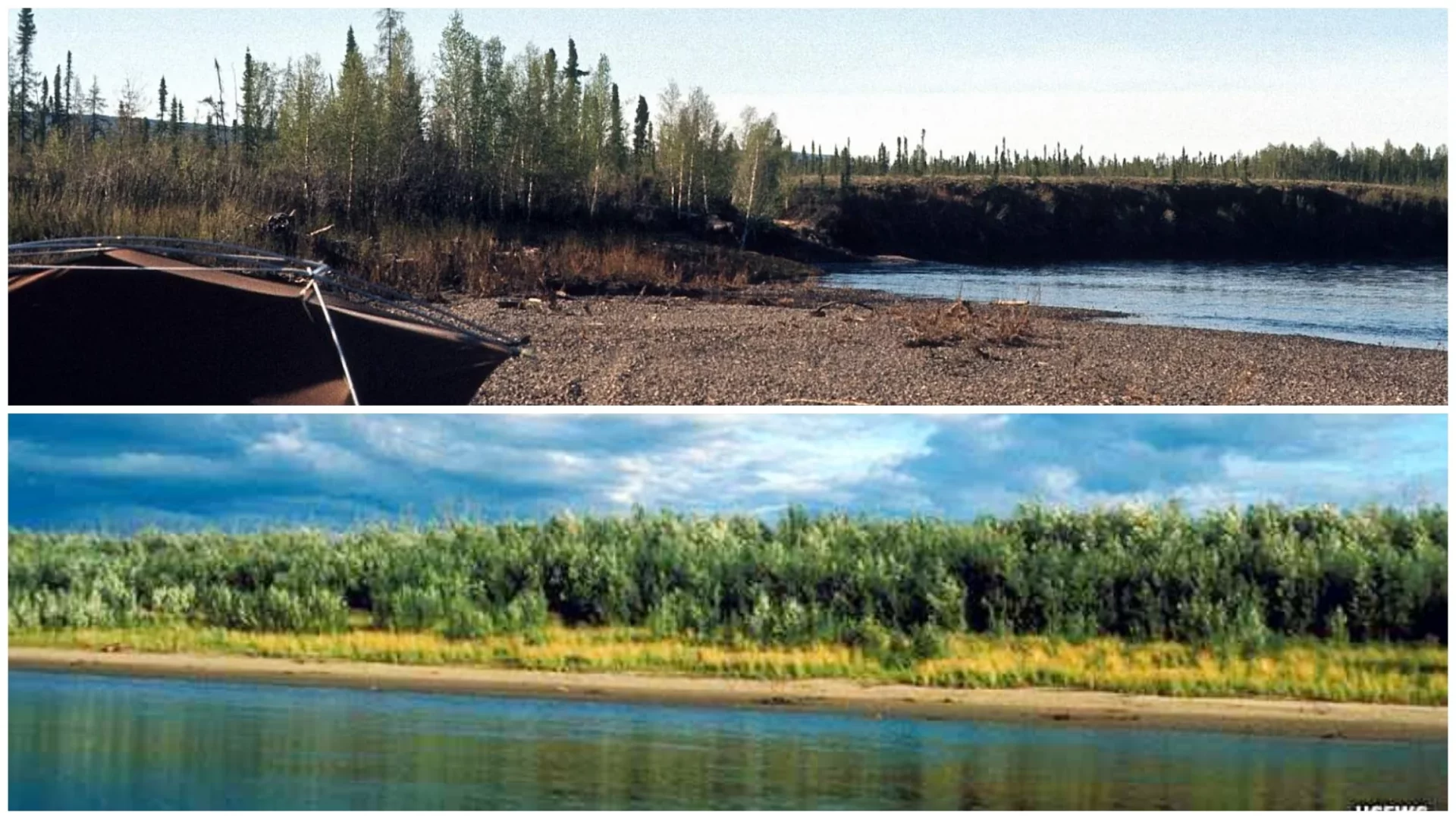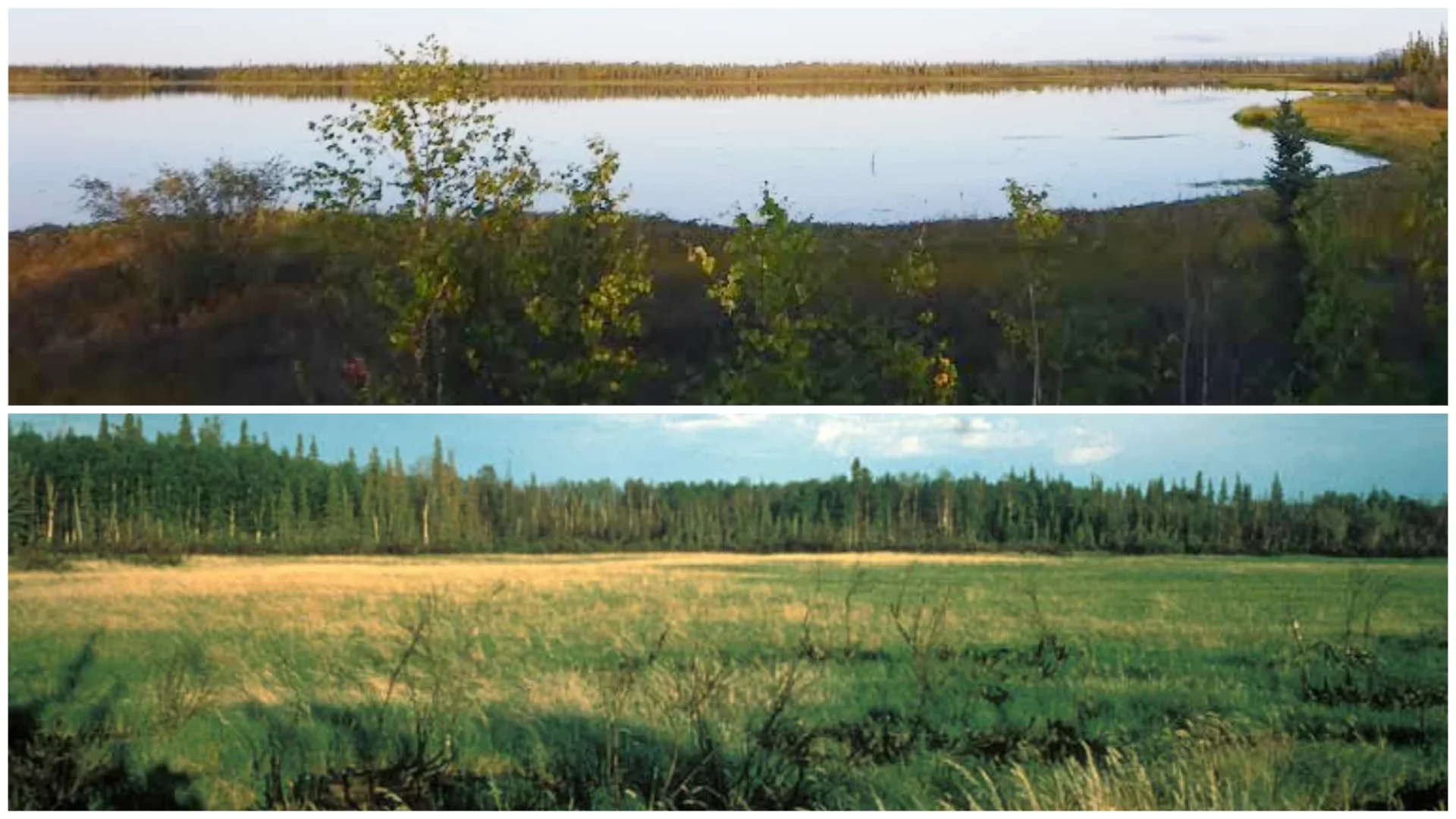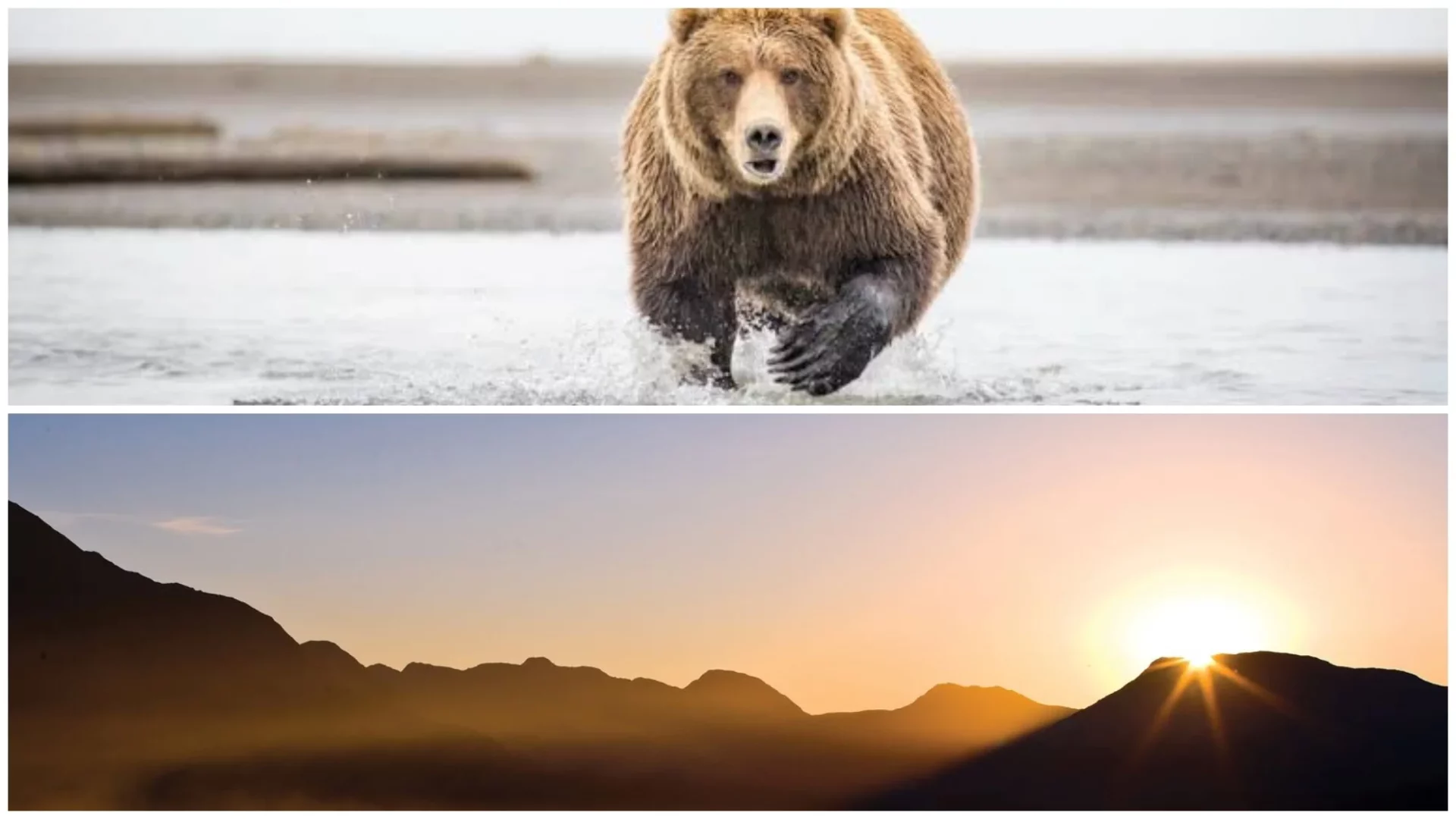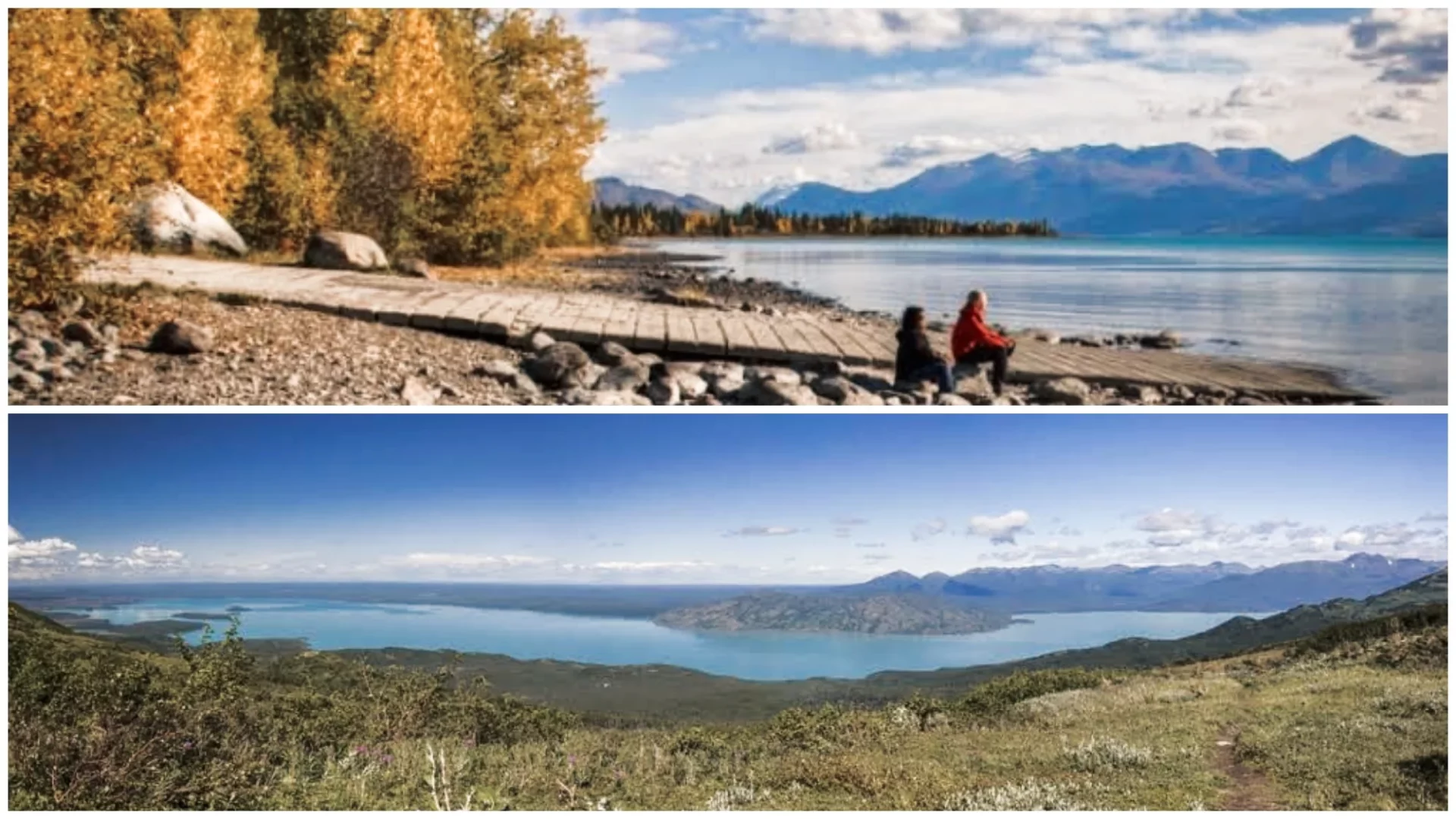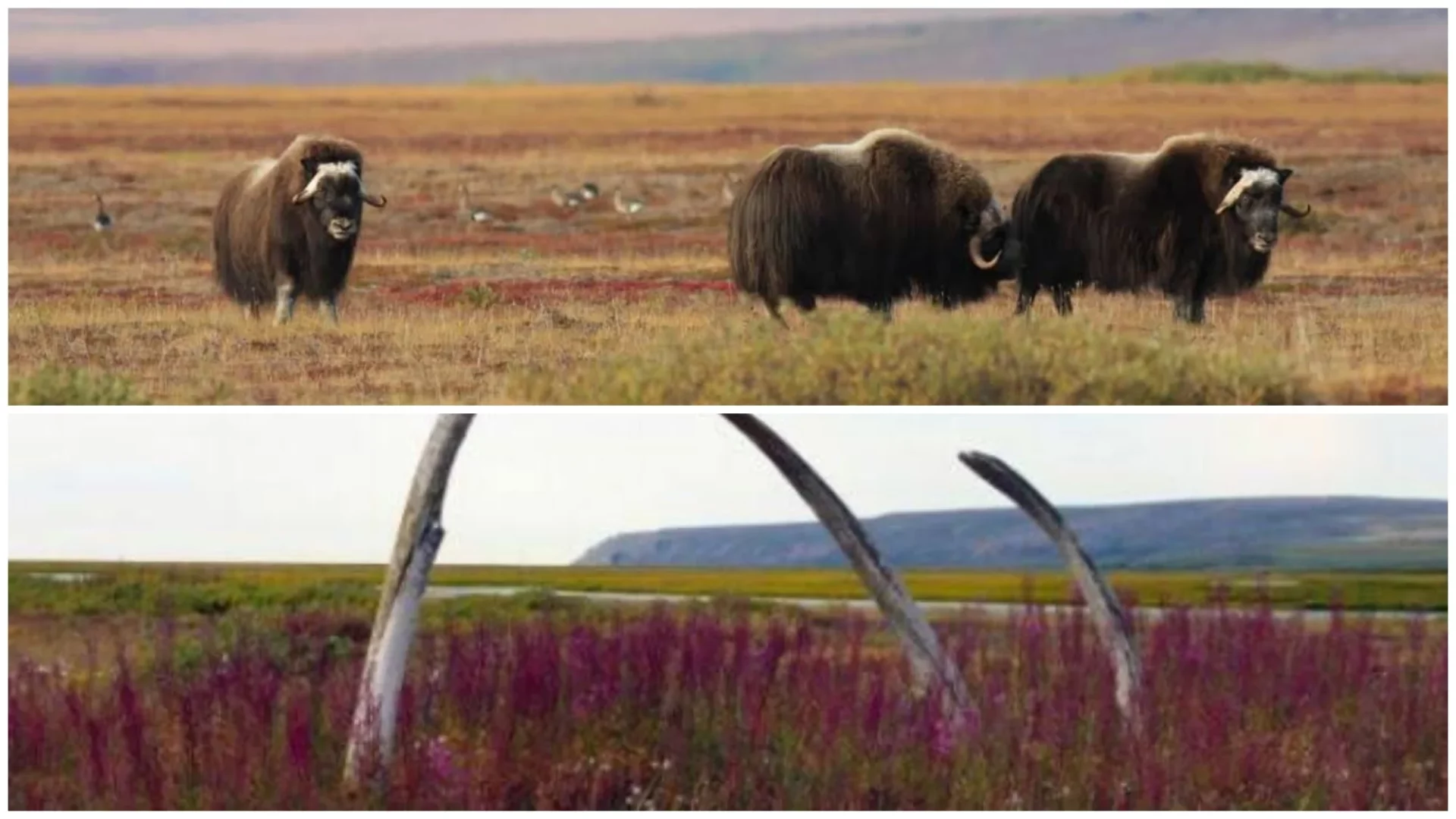Cache River National Wildlife Refuge
Cache River National Wildlife Refuge was built in 1986 to preserve significant wetland habitats and provide a secure area for migratory ducks to feed and rest. These special wetlands are so valuable that they are recognized as important international wetlands. The refuge covers more than …
